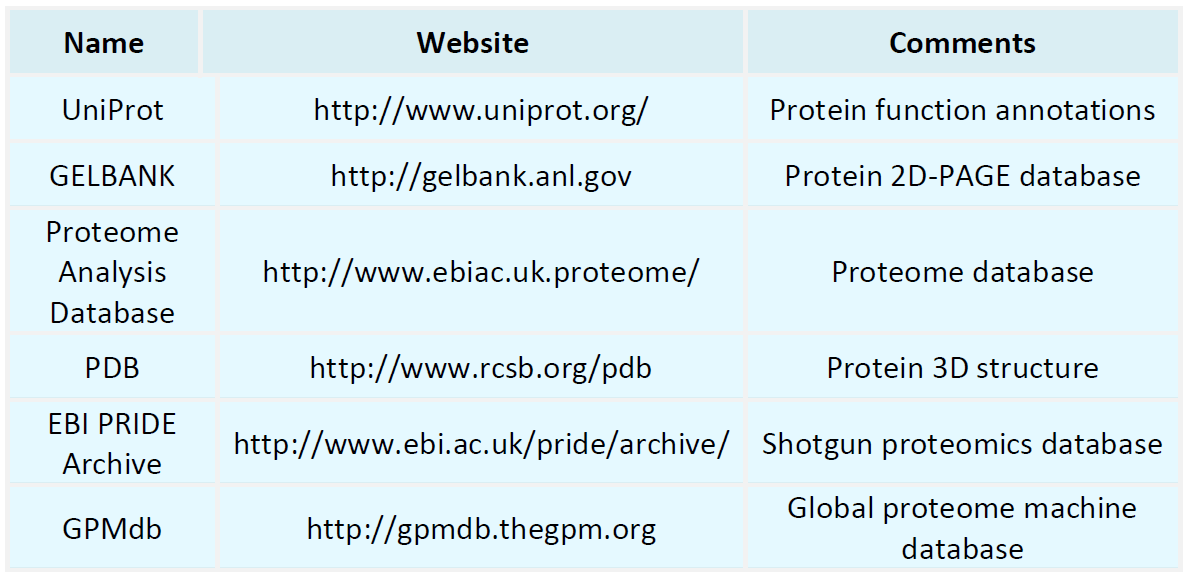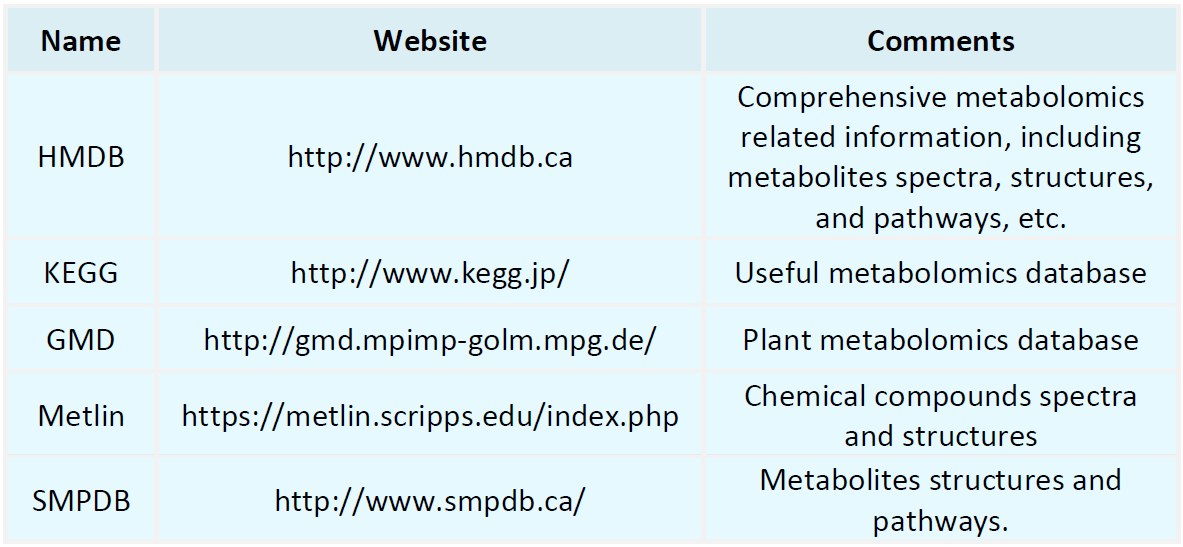Resources
Proteomics Databases

Metabolomics Databases

-
• Immunoprecipitation Detects Phosphorylated Proteins
Immunoprecipitation is a widely used molecular biology technique for studying protein-protein interactions and post-translational modifications. In phosphorylated protein studies, immunoprecipitation enables the selective enrichment of phosphorylated proteins, thereby enhancing signal detection and improving analytical sensitivity.
-
• The Purpose of Phosphoproteomics
Phosphoproteomics is a vital subfield of proteomics that focuses on the study of protein phosphorylation. This post-translational modification is crucial for several biological processes, including cell cycle regulation, signal transduction, gene expression, protein degradation, and immune response. Primary Objectives of Phosphoproteomics: 1. Uncover the Biological Roles of Protein Phosphorylation: Research into the types, distribution, quantitative changes, and functions of phosphorylated proteins is......
-
• How to Knock Out a Gene in a Cell
In modern biological science, knocking out genes in cells has become a core part of many experiments. This helps researchers understand various biological phenomena, including the mechanisms of genetic diseases. The following are the main steps to knock out a gene in a cell: Designing Small Interfering RNA (siRNA): siRNA molecules are pivotal in guiding the process of gene silencing. By constructing specific siRNA sequences, we can effectively target and downregulate particular genes.
-
• How to Measure Peptide Stability
In biochemical research, investigating and assessing the stability of polypeptides is of paramount importance due to its critical influence on their biological activity and response to environmental changes. The following methodologies are commonly employed for evaluating the stability of polypeptides: Spectrophotometry: Spectrophotometry is frequently employed to assess the stability of polypeptides under various conditions such as temperature, pH, and ionic strength. By observing the changes in absorbance
-
• Challenges in Single-Cell Mass Spectrometry Analysis
Mass spectrometry is a powerful analytical technique extensively utilized across diverse research domains, including biomedical research, pharmaceutical development, and environmental studies. As technological advancements have been made, mass spectrometry has progressed from assessing bulk tissues and cell populations to examining individual cells, termed single-cell mass spectrometry. This advancement, however, introduces new complexities rather than simplifying the analytical processes.
-
• What Concentration of Exosomes Is Generally Used for Protein Detection
Exosome detection is a crucial step in biological research, particularly in the study of exosomal proteins. However, determining the optimal concentration of exosomes for protein detection remains a critical challenge. This paper aims to address this issue and provide guidance for researchers in selecting the appropriate concentration for experimental applications. Introduction to Exosomes: Exosomes are nano-sized vesicles, typically measuring between 30 to 150 nanometers in diameter. They are secreted.....
-
• Do Proteins Need to Go Through Liquid Chromatography for Mass Spectrometry
Mass spectrometry (MS) is a robust analytical technique that provides detailed insights into protein composition and structure. Integrating liquid chromatography (LC) with MS has become essential for studying protein attributes. Liquid Chromatography Overview: Liquid chromatography is a laboratory technique designed to separate mixture components. It involves dissolving the sample in a liquid phase and passing it through a stationary phase, where interactions influence component migration rates, enabling...
-
• Mass Spectrometry Negative Ion Mode Detection of Polypeptides
Mass spectrometry (MS) is an essential analytical tool that enables a comprehensive understanding of protein composition and structure. In proteomic research, the combination of liquid chromatography (LC) and mass spectrometry has become a widely adopted strategy, significantly enhancing the accuracy and depth of protein characterization.
-
• Preprocessing for Tandem Mass Spectrometry Protein Analysis
Tandem mass spectrometry (MS/MS) is a powerful analytical technique widely used for protein identification and quantification. However, successful MS/MS analysis relies heavily on meticulous sample preparation, as the quality of preparation directly influences the reliability and accuracy of the results. 1. Protein Extraction: The first step involves extracting and purifying proteins from biological samples. Various extraction methods are available, including mechanical disruption, enzymatic digestion, and.
-
• Protein Mass Spectrometry Sequencing Depth
The depth of coverage in protein mass spectrometry is a fundamental parameter in proteomics research, as it directly influences the characterization of the protein composition within a sample. It is widely regarded as a key indicator of the quality and comprehensiveness of mass spectrometry-based proteome analyses. Definition and Importance of Sequencing Depth: The depth of coverage in protein mass spectrometry refers to the number of proteins or peptides detected in a single proteomics experiment. This....
How to order?







